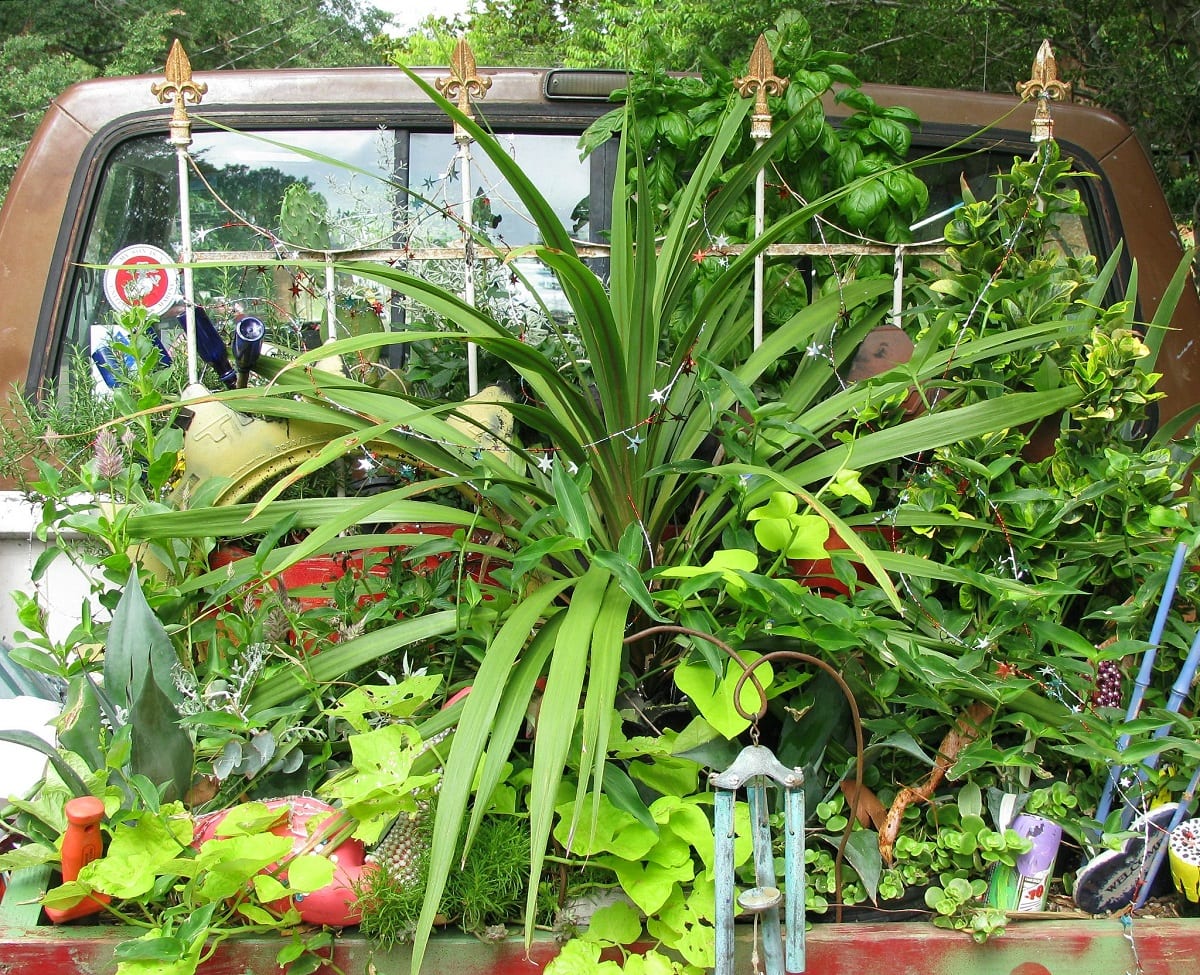
Slow Gardening is not what you might think it is. The principle takes its name and inspiration from the Slow Food movement, whose adherents believe in using local ingredients harvested in an environmentally responsible way.
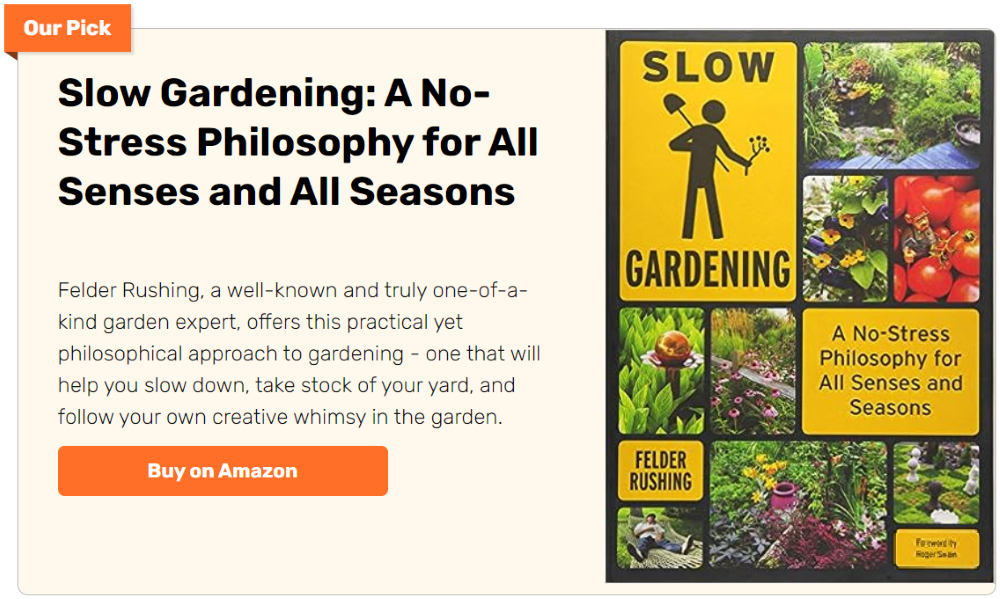
This more mindful way of gardening was started by American horticulturist, Felder Rushing, who says he didn’t coin the term, but that he “appropriated” it.
Simply put, the doctrine calls for gardeners to relax, take their time, and follow nature’s flow and rhythm, instead of doing everything at once.
The Basics of Slow Gardening
Contents
Diving into the dirt full-swing is an urge that’s widespread in early spring when people rush outdoors and plant to affirm that winter is over. Rushing says all that haste is unnecessary.
“I’m sitting out in the sun like a fat old lizard,” the 66-year old Southerner once told the New York Times, “and they’re sweating and huffing and puffing.”
What is immediately apparent about the Rushing’s approach is that there are no set rules, no overwhelming must-do checklists, no hurry to do anything, really.
He happily accepts a little disorder in his garden and is content to let nature get its rowdy way.
There is, however, a clear and deliberate method to the seeming chaos, and some useful ideas around how to embrace the Slow Gardening experience.
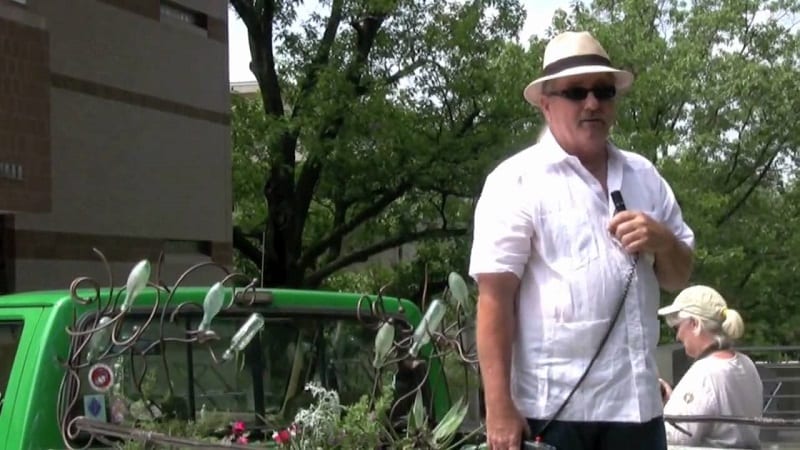
(Screen Capture from Cornell SIPS/Youtube)
1. Start modestly and choose plants that are easy to grow.
Rushing believes in starting small, with a pot or two. “Build up to your level of comfort as your expertise grows,” he says. “Don’t start out with a big area and a tiller like a farmer.”
Choose plants that produce for a long time or reseed themselves. The wild, leafy mix of shrubs, trees, and flowers Rushing maintains around his cottage in Jackson, Mississippi, is obviously a fantastic example.
Rushing says lettuce is a good starter plant. “I grew some in a hanging basket last year,” he says. “All it took was a squirt of vinaigrette, and I didn’t even have to bend over to eat it.”

(Photo: Natalie Maynor/Flickr)
2. Go with your instincts.
While it may be hard to resist what’s trending, study your climate and garden space and make your own thoughtful choices. Follow your instincts as opposed to set gardening rules.
Every garden is different, after all. Design styles and rules that apply to one garden don’t necessarily apply to yours. What your neighbor plants, how much they water, how many hours they spend on maintenance is not your set of guidelines.
“They say you’re supposed to water your grass once a week,” Rushing says. “The truth is you don’t have to do that stuff.”

3. Grow what you need.
Rushing eschews the consumer habit of going to a store to buy food you can grow yourself. “Basically, it’s instant gratification stuff,” he says, citing as an example “going to the grocery store for basil when you can grow it in the back of your pickup truck.”
But there are common-sense limits. While Rushing and his wife, Terryl, enjoy growing vegetables like peppers and lettuce in pots, you will not find potatoes in their garden. That is because going to the grocery store to buy potatoes entails less work and is more cost-effective.

4. Always reduce, reuse, and recycle.
Rushing is a big believer in reducing, reusing, recycling for slow gardening. His yard décor might strike an uninitiated visitor as an aimless jumble of salvaged materials and junk.
There are several bottle trees – one is made of Bud Light bottles – and rusty beams stuck in the ground. He grew his rosebushes from flowers he found in a cemetery.
The principle of slow gardening, leisurely, creative thrift does not end there. It is everywhere in Rushing’s garden – like a pervading spirit and atmosphere.
The bearded, bespectacled horticulturist turns old tires into planters, paint buckets into pots, and saves money on fertilizer by composting. But he doesn’t adhere to the complex composting science put forth in books.
“Again, there is no race for compost – a slow gardening leaf pile, once started, can be a continuous source of compost with only occasional replenishing of fresh materials,” he writes in a blog post. “In fact, the best rule for composting is simply to forget the rules, and just do it!”
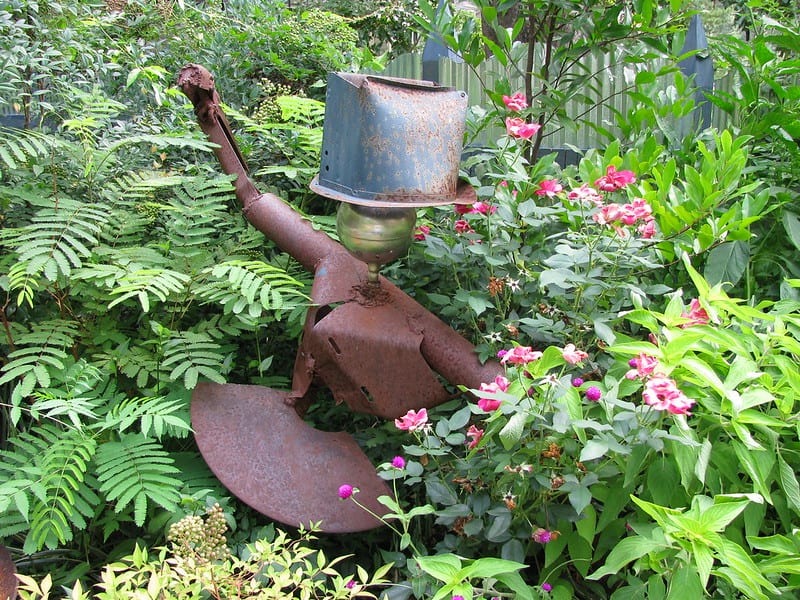
(Photo: Natalie Maynor/Flickr)
5. Garden unplugged.
Rushing’s “cheapskate gardening” /slow gardening techniques are intended to help hobbyists surmount what could be prohibitive costs. That means he does not use gas-powered blowers and mowers. Instead, he uses simple tools like brooms and hand mowers.
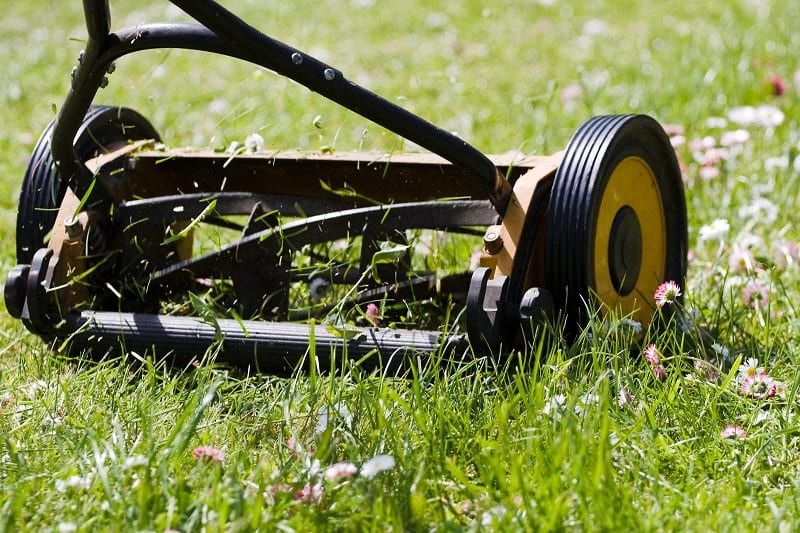
Finding Satisfaction in Slow Gardening
In the end, Slow Gardening is just about enjoying your garden. “The freedom of growing what you like, where you like, and how you like, has great rewards for those who want to get the most out of their landscape,” says Rushing.
The quintessential Slow Gardening believes any landscape can include an area where you can plant ‘every which way’ and enjoy using all your senses. If you lack outdoor space, you can grow herbs and flowers in a sunny window.
This may not seem like much, but it should be good enough. “That’s all it takes to get that feeling of connection to the land,” says Rushing.








